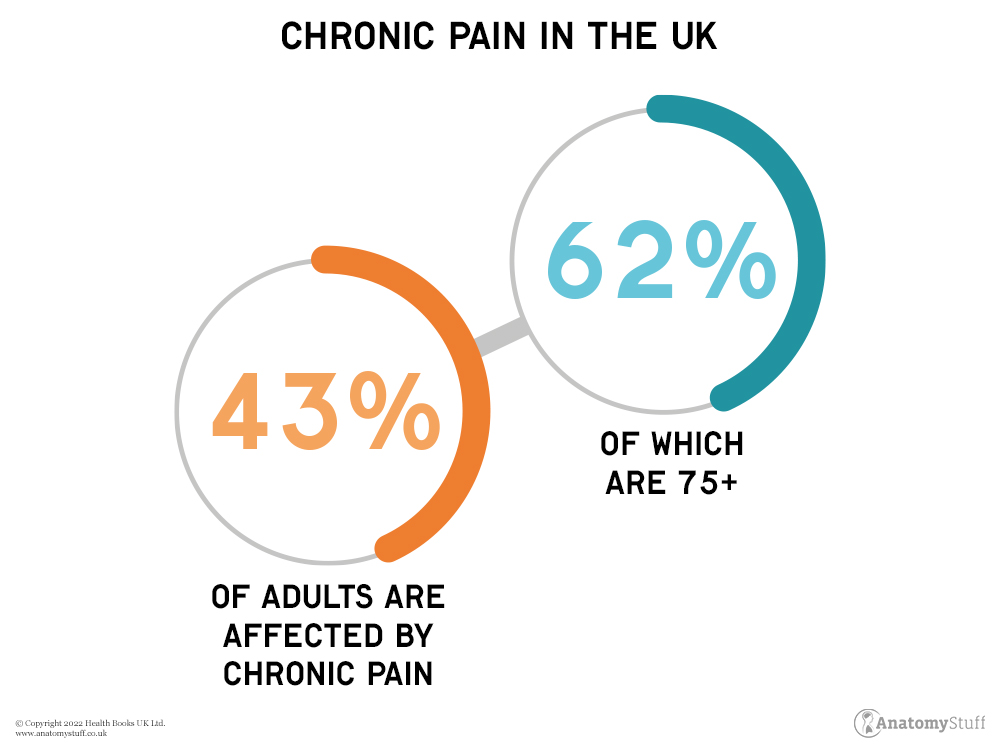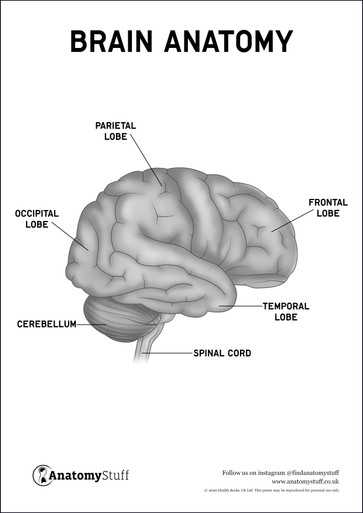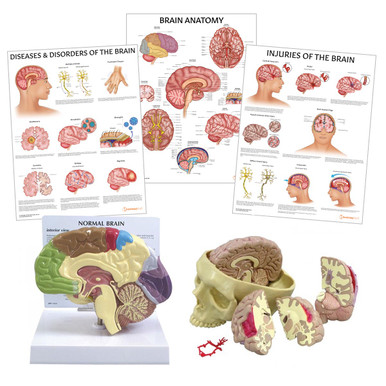Fibromyalgia
Fibromyalgia is a disorder that causes musculoskeletal pain all over the body for long periods, also called chronic pain. Living with chronic pain can be highly challenging if it is not treated and managed. It can affect your quality of life and hamper your abilities. It affects around 2 million people in the UK. Knowing the course of this disease is important as this can lead to better patient management.

Fibromyalgia facts:
• Anyone can get fibromyalgia, even children.
• Women are seven times as likely to get fibromyalgia as men.
• Most people get fibromyalgia in middle age.
• People who have other chronic diseases like rheumatoid arthritis and lupus can also have fibromyalgia.
What are the causes of Fibromyalgia?
Anyone can get fibromyalgia. The exact cause and mechanism of fibromyalgia are not known. Some believe that it is a genetic disorder that it runs in families. However, anyone can get it even if it doesn’t run in families. For them, certain trigger factors can lead to changes that cause the central nervous system to process the pain messages differently.
These trigger factors include:
• Viral infection
• Injury
• Emotional stress like death or separation from a loved one.
• Undergoing surgery, etc.
What are the sign and symptoms?
As already mentioned, it can cause musculoskeletal pain. But it is also accompanied by the following symptoms:
• Sleep disturbances
• Fatigue
• Depression
• Anxiety
• Mood disorders
• Memory Impairment
• Difficulty in concentration (also known as ‘fibro fog’)
• Muscle cramps
• Headache
• Numbness in hands and feet
Certain areas in your body feel the most pain and are most tender to touch.
More than half of patients with fibromyalgia also experience uncomfortable gastrointestinal symptoms similar to irritable bowel syndrome-like diarrhoea, constipation, bloating, gas, nausea, etc.
Diagnostic criteria
There is a specific diagnostic criterion for labelling a patient with fibromyalgia:
1. A score of seven or higher on the Widespread Pain Index (WPI) and a score of five or higher on the Symptom Severity Scale (SS) OR a score of three to six on WPI and a score of nine or higher on SS (measuring assessment tools).
2. The pain should have lasted more than three months.
3. You should not have any other disorder that could produce such symptoms.
Before the above criteria, doctors used to have a “tender point” system to rule out fibromyalgia in which they checked tenderness at 18 different body parts. 11 out of these 18 tender points confirmed fibromyalgia. But now it is not used anymore.
Whenever a patient complains of pain, fibromyalgia can be overlooked at first since the symptoms overlap with other diseases. It roughly takes around five years for this disease to get diagnosed.
Free PDF Downloads
View AllFibromyalgia mimics – other diseases that look like fibromyalgia are:
• Rheumatoid Arthritis
• Systemic Lupus Erythematosus
• Thyroid Disease
• Type 2 Diabetes
• Anaemia
• Chronic Fatigue Syndrome
• Polymyalgia Rheumatica
How do you diagnose Fibromyalgia?
There is no specific test, and since so many diseases mimic fibromyalgia, the diagnostic tests primarily focus on ruling out other diseases.
• Complete Blood Count
• Erythrocyte Sedimentation Rate
• Thyroid Function Tests
• Antinuclear Antibodies profile
• Rheumatoid Factor
What is the treatment for Fibromyalgia?
Treatment of fibromyalgia is mostly symptomatic since there is no cure found yet. So the following treatment options are available:
• Pain killers are given for pain management. Over-the-counter drugs like naproxen, ibuprofen, acetaminophen are given for chronic therapies. Opioids are generally avoided as they can gradually cause dependence and worsen the pain. Pain killer dosage may have to be increased over time, and patients may get withdrawal symptoms if missing a dose.
• Antidepressants like duloxetine and milnacipran are drugs for fatigue and depression-like symptoms.
• Muscle relaxants like cyclobenzaprine may also be prescribed to you for the management of symptoms and cause muscle relaxation.
• Antipsychotics like pregabalin and gabapentin are FDA-approved drugs for fibromyalgia as they help manage pain.
• Sleep medication like diazepam can improve your pain as well as improve sleep patterns.
Support Group
Fibromyalgia patients in the UK are supported by an organisation called Fibromyalgia Action UK. It is a charity program that supports and guides fibromyalgia patients. It organises both online and local groups which help fellow fibromyalgia patients. It discusses ongoing research into this condition, new treatment options, but most importantly, empathy, leaving you with the feeling that you are not alone in this.
Related products
View All












